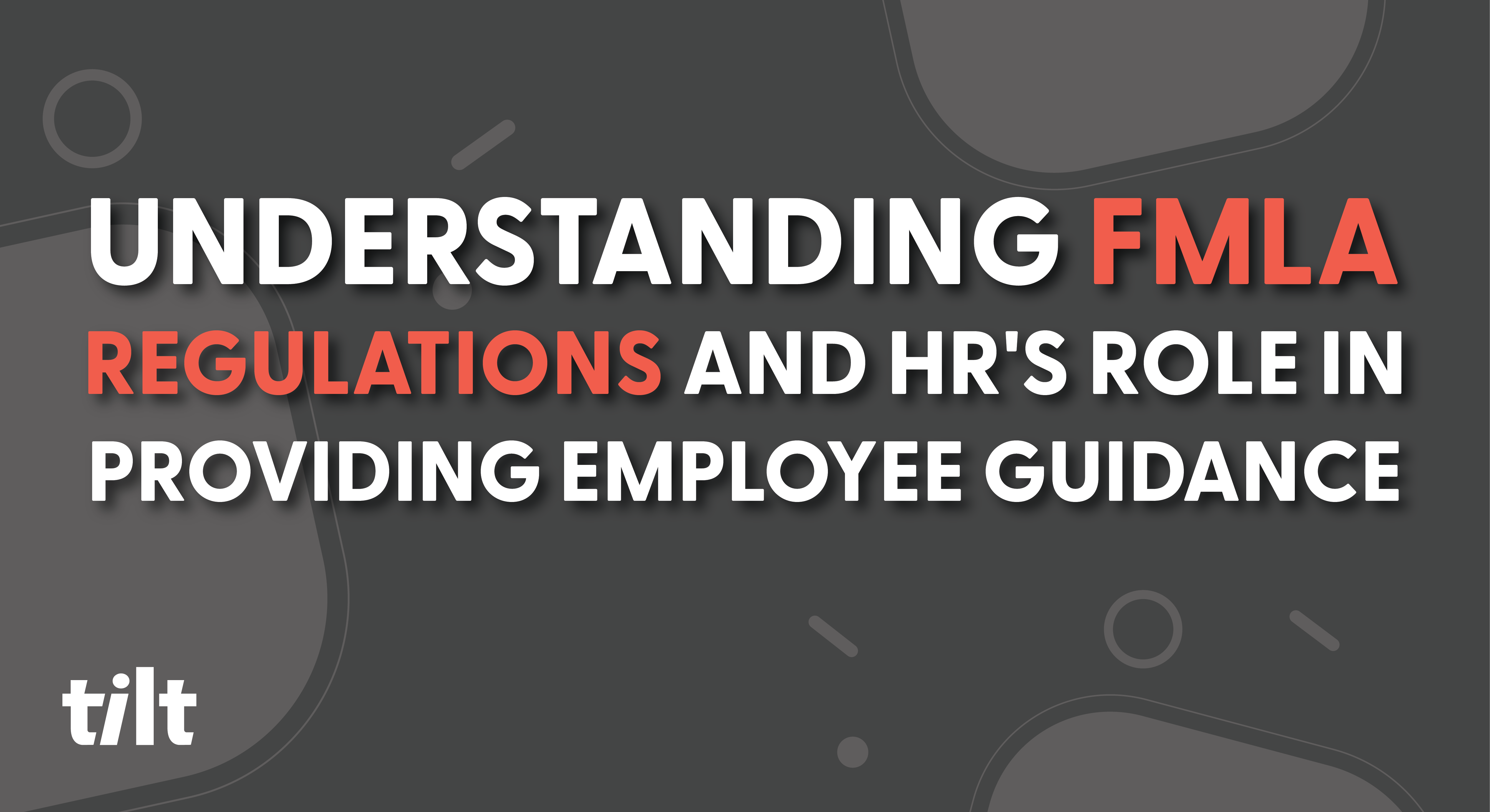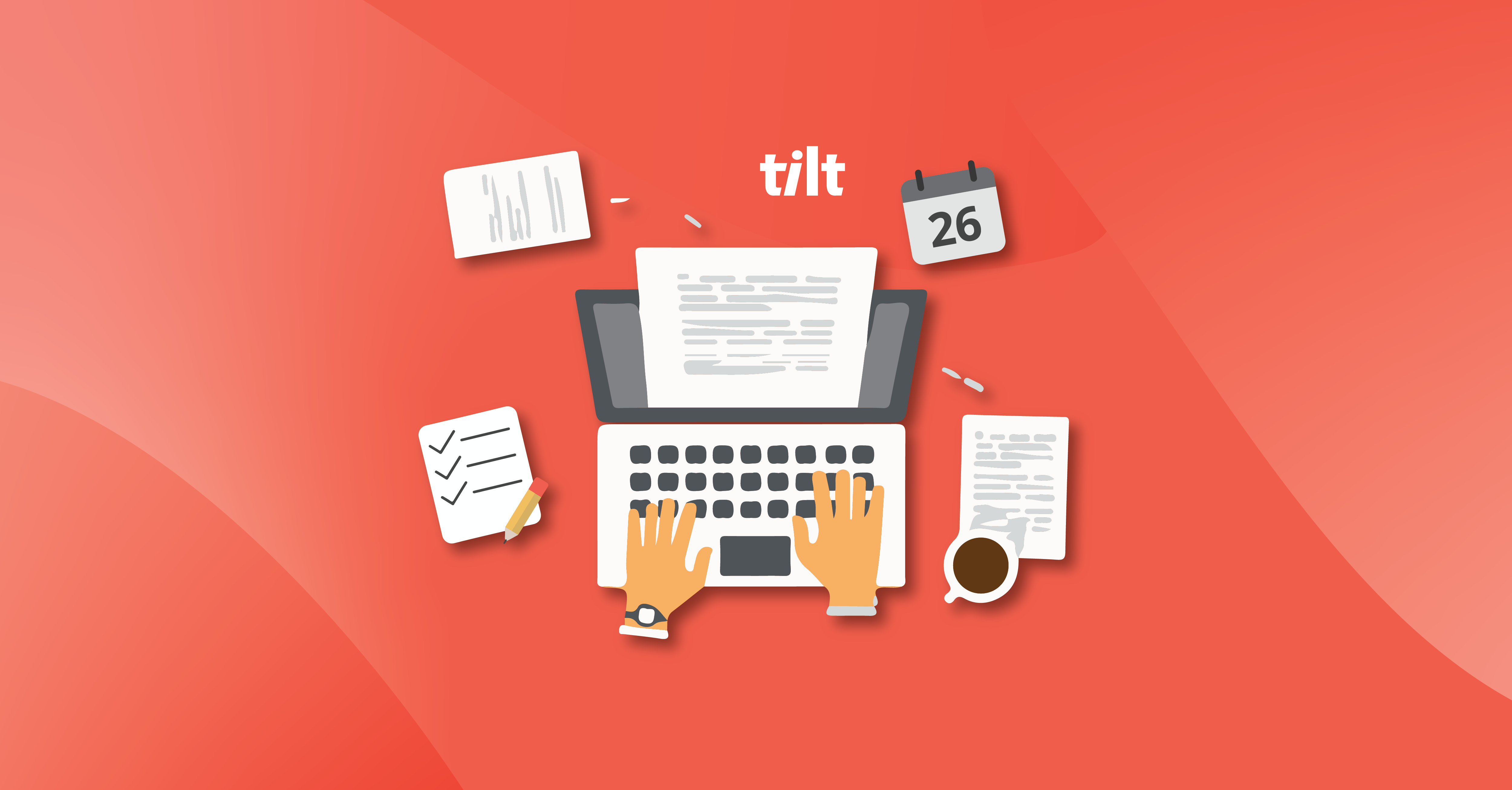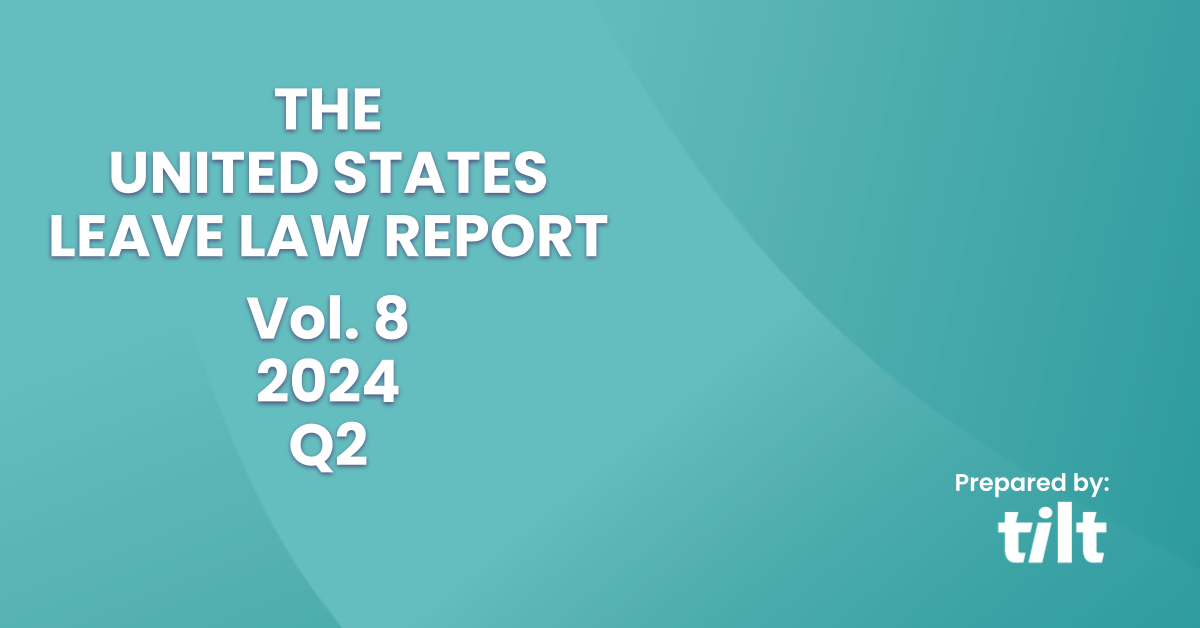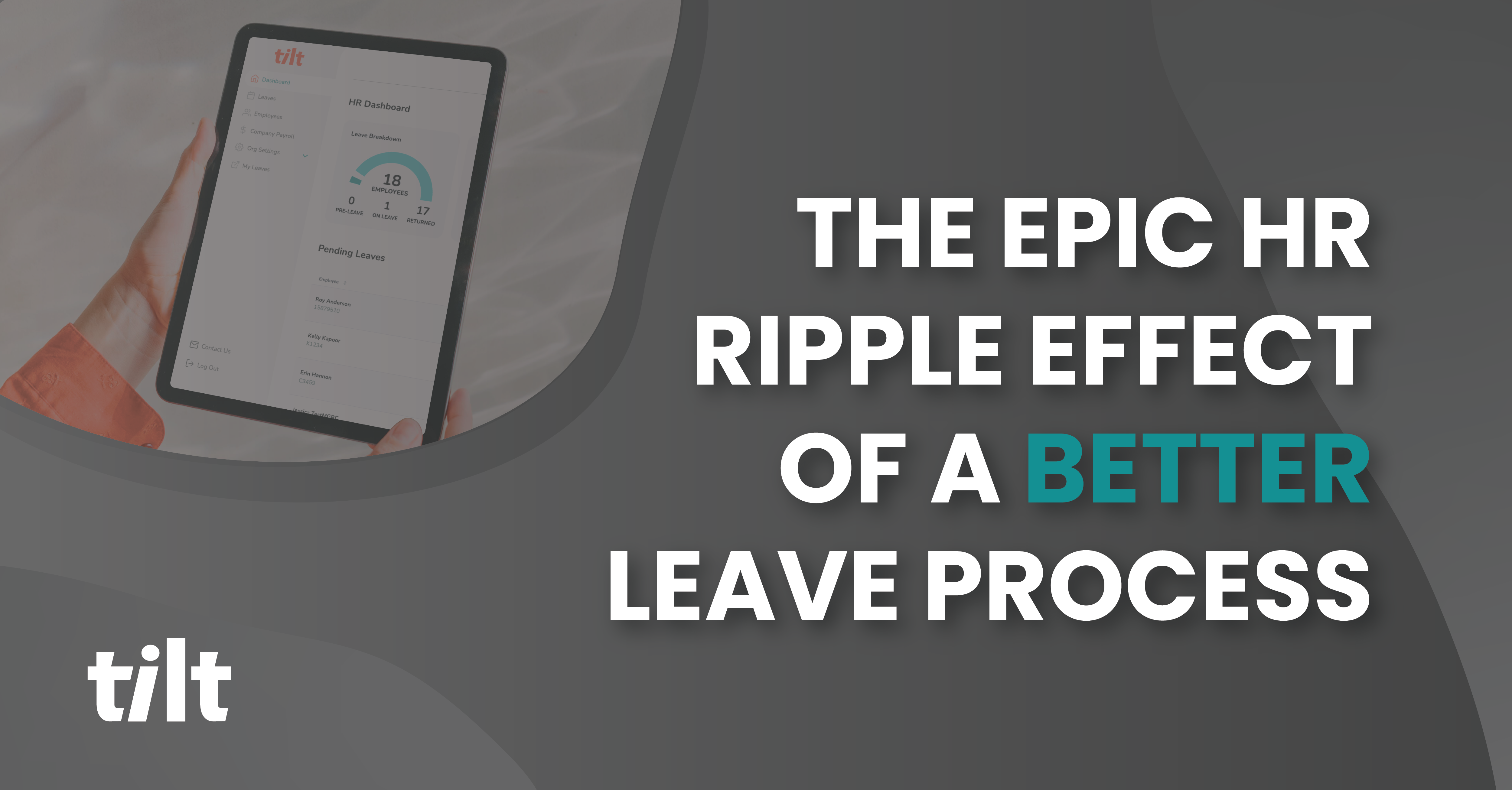FMLA may be every HR and People Ops professional’s least favorite 4-letter acronym (second to ASAP), but it’s also one that requires a level of familiarity and deep understanding in order to administer and manage compliantly.
To help simplify things, we’re breaking down the FMLA essentials, from employee eligibility requirements to what’s expected of you when an employee is requesting an FMLA leave.
What is the Family Medical Leave Act (FMLA)?
Before we get into the specifics let’s level-set. The FMLA is a United States federal law that provides eligible employees with job-protected leave for specific family and medical reasons. The FMLA regulations outline the rules and requirements for both employers and employees to ensure compliance with the law.
Now that the formalities are out of the way let’s dig into the details.
Employer requirements for providing FMLA coverage
The FMLA covers private-sector employers who employ 50 or more employees in 20 or more workweeks in either the current calendar year or the previous year.
If you work for a public agency, including local, state, and federal employers, the FMLA applies to your organization regardless of the number of employees. The same holds true for public school boards and public and private elementary and secondary schools.
Which employees are eligible to receive FMLA benefits?
Not every employee who works for a covered employer is eligible to take FMLA leave, and if you’re managing your organization’s leaves of absence on your own, it’s on you to determine eligibility. What you need to know is:
- The employee must work for a covered employer
- The employee must have worked for the employer for at least 12 months as of the date FMLA is to start
- The employee must have worked at least 1,250 hours over the 12-month period immediately preceding the leave,
- The employee must work at a location where the company employs 50 or more employees within 75 miles.
ATTN organizations with remote workers: That last tidbit of information is often referred to as the 50/75 rule. Employers with remote workforces often struggle with how this rule might apply to their population of remote workers, and we offer some perspective on that issue here.
What are the reasons an employee can qualify for FMLA?
It’s important to draw a distinction between an employee being eligible for FMLA and being able to actually go out on FMLA leave. For most companies over 50 employees, their employees qualify for FMLA if the “specific family and medical reasons” apply to them. Those reasons are:
- For the birth and care of the newborn child of an employee
- For bonding with a newly-placed child through adoption or foster care
- To care for an immediate family member (i.e., spouse, child, or parent) with a serious health condition
- To take medical leave when the employee is unable to work because of a serious health condition.
- Reasons related to a family member’s service in the military, including
- Qualifying exigency leave – Leave for certain reasons related to a family member’s foreign deployment
- Military caregiver leave – leave when a family member is a current servicemember or recent veteran with a serious injury or illness.
If you’re a covered employer and your employee requesting leave is eligible, has a qualified reason, provides sufficient documentation and hasn’t used all of their FMLA entitlement already, then your organization is generally required to grant their FMLA leave.
What protections does FMLA offer?
Now that we’ve covered which employees are eligible for FMLA and what a qualified reason is, let’s talk about the protections offered by FMLA. The nuts and bolts of it are that eligible employees are entitled to up to 12 weeks* of unpaid, job-protected leave within a 12-month period. Additionally, the employee’s group health benefits must be maintained during the leave on the same basis as if they had been continuously employed.
Essentially, when eligible employees take FMLA leave for qualifying reasons they have the assurance that their job and health benefits will generally be protected during their absence. This means that when they return from their FMLA leave, they are entitled to be reinstated to their original position or to an equivalent position with equivalent pay, benefits, and terms of employment. This job protection aspect of FMLA ensures that employees do not suffer adverse consequences or discrimination for taking the leave they are entitled to under the law.
As for the health benefits, while FMLA leave is unpaid, employees can typically maintain their health insurance at the same level and under the same conditions as if they were actively working. It’s vital that employees and their families continue to have access to important healthcare coverage while on leave, and this stipulation in the FMLA helps ensure that.
Overall, FMLA job protection serves as a critical safety net for employees, allowing them to address significant family and medical needs without the fear of losing their jobs or jeopardizing their access to essential benefits.
*Note: For eligible employees, up to 26 work weeks of military caregiver leave can be taken during a single 12-month period.
What must an employee do to request FMLA leave?
First and foremost, the employee should notify their employer of their need for FMLA leave as soon as possible, preferably 30 days in advance if the need is foreseeable. If 30 days’ notice isn’t possible because the need for leave is unexpected or due to an emergency, the employee should inform their employer ASAP (couldn’t resist). The notification should include the reason for the leave, the expected start date, and the anticipated duration of the leave. Keep in mind that the employee doesn’t need to mention “FMLA” in order to request leave that is protected by FMLA.
Additionally, the employee must provide the necessary medical documentation or certification to support their request for FMLA leave. Depending on the reason for the leave, this may involve obtaining a healthcare provider’s statement or certification form to verify the serious health condition of the employee or their family member.
HR’s role in FMLA administration
Hint: It’s a big one. If you’re managing FMLA internally, then you’re the primary point of contact between employees and the organization when it comes to all FMLA matters. Your job is to help create a transparent and supportive environment, reducing confusion and frustration among employees.
Furthermore, while your organization may (or may not) have an internal counsel, HR is often expected to be FMLA experts. Understanding the intricacies of FMLA plays an essential role in preventing legal liabilities and maintaining organizational consistency. In essence, HR’s diligence in FMLA management helps ensure your organization’s obligation to adhere to legal requirements, promote a positive work environment, and preserve the employer-employee relationship.
With what’s already on your plate, all of that seems like a walk in the park, right? (Why haven’t they made a sarcasm font yet?). Let’s break down HR’s role more specifically.
Organizational Education: Your role in FMLA starts before the first request is even submitted. To help ensure a successful FMLA leave, HR should educate employees about their rights and responsibilities under FMLA. This includes providing information about eligibility criteria, the process for requesting leave, and the necessary documentation mentioned above. In fact, conducting training sessions for employees, supervisors, and managers to ensure everyone understands their roles and responsibilities related to FMLA is highly recommended.
Policy Development: You’re also responsible for developing and maintaining your organization’s FMLA policies and procedures in compliance with federal and state leave laws. These policies should outline the organization’s FMLA process, including notice requirements (as well as the expected timeline for returned paperwork like med certs), documentation, and job protection.
General Notice Requirements: You’ll need to ensure your organization meets general notice requirements under the FMLA, which includes displaying an FMLA poster in plain view for all workers and applicants to see: https://www.dol.gov/agencies/whd/posters/fmla. Covered employers must also provide a general notice containing the same information that is in the poster in its employee handbook (or other written material about leave and benefits), or distribute the general notice to new employees upon hire if no handbook or written leave materials exist.
Eligibility Determination: If you’re managing leaves internally you’ll be expected to know whether employees meet the eligibility criteria for FMLA leave based on the length of service and hours worked requirements mentioned above. You also are the ones who need to communicate this determination to employees–generally, within 5 business days of the request for leave. You’ll need to provide written notice of the employee’s rights and responsibilities under the FMLA when you provide the eligibility notice.
Request Processing: When an employee submits a leave request it’s on HR to facilitate the FMLA process. This involves verifying the need for leave, ensuring the proper documentation is submitted and on time, and determining whether the leave time should be designated as FMLA, and communicating that to the employee–generally, within 5 business days of having enough information to make that determination.
Communication: As the primary point of contact, you should be communicating with employees throughout the FMLA process, including acknowledging receipt of leave requests, providing updates on the status of requests, and notifying employees of their rights and responsibilities. It also helps if you have all the necessary forms at the ready or easy to access.
The communication doesn’t stop there. You should also work closely with the employee’s supervisors and managers to ensure that they understand their roles in managing employee FMLA leave. This includes facilitating temporary staffing arrangements, adjusting work schedules, and ensuring compliance with job protection requirements.
Managers are one of the biggest violators of employment law, so as an HR leader, you shouldn’t underestimate the importance of educating managers on the law and communicating with them frequently.
Monitoring and Record Keeping: Tracking FMLA usage regularly will ensure that employees do not exceed their entitlement and that the organization remains in compliance with FMLA regulations. You also need to maintain FMLA records, including documentation of leave requests, medical certifications, and communication with employees. Accurate record-keeping is essential for demonstrating compliance in case of audits or legal disputes. Any medical records, including medical certifications, need to be kept separately from the employee’s personnel file.
Compliance with State Laws: In addition to federal FMLA regulations, many states have their own family and medical leave laws that may provide additional benefits or requirements. It’s extremely important that you stay informed about and comply with both federal and state regulations, which by the way, are ever-evolving. As a helpful guide, you can bookmark this page for quarterly updates to state and federal regulations.
If that seems like a mountain of responsibilities you aren’t wrong. Your role in facilitating FMLA is immense, but is crucial for ensuring that employees receive the leave they are entitled to while helping the organization remain compliant with FMLA regulations.
Other fun facts about FMLA that HR needs to know
Intermittent Leave: While it’s true that FMLA provides up to 12 weeks of job-protected leave, it’s also true that it doesn’t have to be taken all at once if a different leave schedule is medically necessary. In those instances, FMLA leave can either be taken intermittently or as a reduction in daily or weekly hours worked depending on the scenario. Also, employees can take intermittent bonding under the FMLA only with the employer’s approval.
Using Accrued Benefits: Since FMLA leave is an unpaid benefit, employees are allowed to use accrued paid leave (e.g., sick leave, vacation) to cover part or all of the FMLA leave period, or an employer can require the use of this accrued paid leave.
Protections Against Retaliation: Employers are prohibited from retaliating against employees for taking FMLA leave or asserting their rights under the law. One of the many reasons why it’s important to educate managers, aside from it being important they treat their direct reports as humans while on job-protected leave, is that you may be involved in resolving disputes or complaints related to FMLA, including investigating claims of discrimination or retaliation.
About Tilt
Tilt is leading the charge in all things leave of absence management through easy-to-use tech and human touch. Since 2017, our proprietary platform and Empathy Warriors have been helping customers make leave not suck by eliminating administrative burdens, keeping companies compliant, and providing a truly positive and supportive leave of absence experience for their people.







